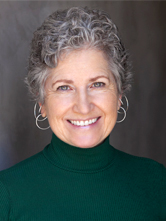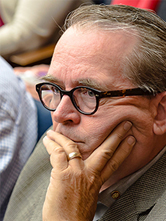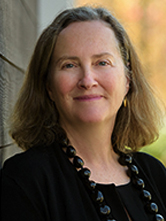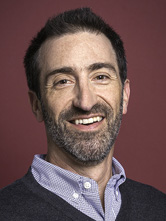 8 hours = 1 comp non-transferrable conference registration
8 hours = 1 comp non-transferrable conference registration
Access to Architecture Expo, Keynotes, Education Sessions. Optional ticketed tours and events not included.
[su_button url=”https://www.volgistics.com/appform/500483632″ target=”blank” background=”#0d87a3″ size=”5″ center=”yes” radius=”10″ icon=”icon: arrow-circle-right”]REGISTER HERE[/su_button]

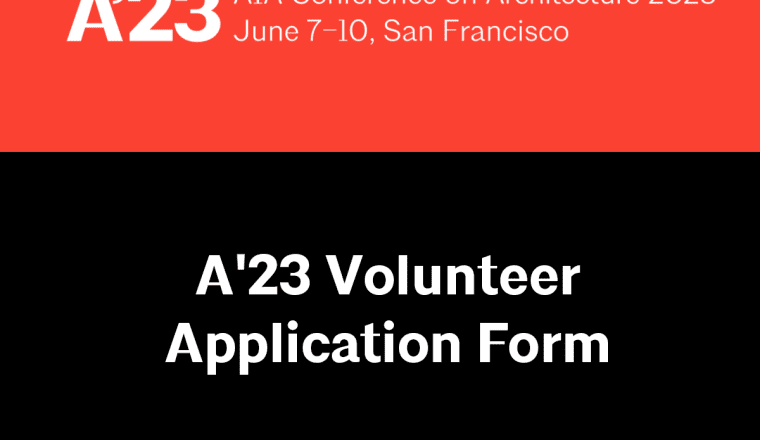
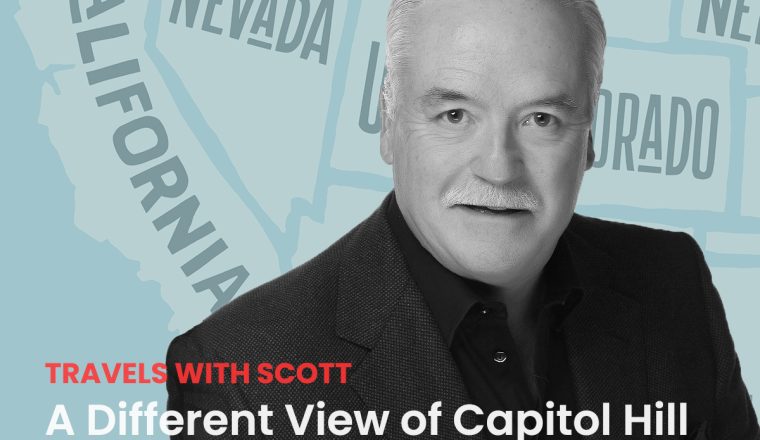


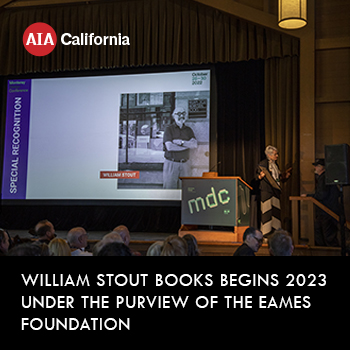




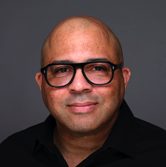



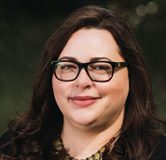

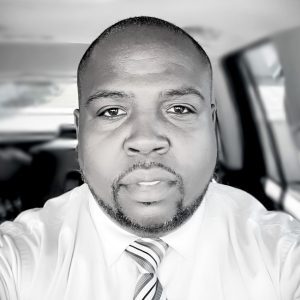



 The following are the candidates for open offices for 2023.
The following are the candidates for open offices for 2023.